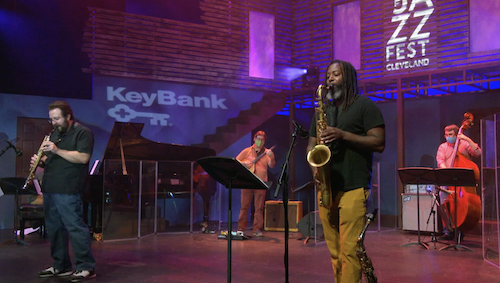by Max Shain
The COVID-19 pandemic has changed the shape of the live music industry, impacting musicians, audiences, curators, managers, venue owners, festival directors, and recording engineers. Not only have revenue streams shifted, but it has caused many to rethink their definition of live music.
I spoke with six people from different sectors of the music industry to find out how their perception and experience of live music — as well as their expectations for its future — have changed over the past year. I also spoke to a few of my friends who served as proxy “Jane and Joe” audience members.
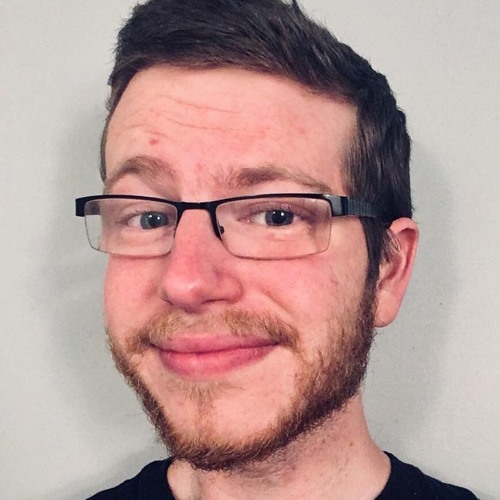
Julian Ring is an Assistant Producer of Curation and Personalization at NPR ONE, which is the audio app counterpart of National Public Radio. Ring defines live music as an experience in real time. “Something that’s being produced at the same moment you’re hearing it. It’s like live news.”
Ring says that in the last year, the way people access media has changed, even if their tastes stayed the same. NPR’s audience has undergone a dramatic shift away from radio due in part to fewer people commuting to work. “The number of users for NPR ONE has almost doubled since the pandemic started.” He notes that unlike a radio broadcast, “an app like NPR ONE offers more granular customization based on listeners’ habits and preferences.” Ring adds that a portion of their algorithm is dedicated to balancing political perspectives. “I think that’s what people come to NPR for.”
NPR is funded by a variety of public and private entities — it does not have to monetize usership. Even so, it has struggled during the pandemic. “Certain forms of sponsorship have dropped off, which means NPR has had to institute pay cuts and furloughs for segments of the workforce.” Ring says that Pandora is a similar platform for a different type of content. With Pandora, “the longer people listen, the more ads they can be shown and the more likely they are to become a paying subscriber.”
Ring appreciates the ease with which he has been able to transition to working from home. “NPR has done a remarkable job. Hosts are recording from their bedrooms and closets.” That also affects his role in audio production for NPR ONE. “Occasionally I have to edit audio because of minor inconsistencies between recordings, but overall it’s really phenomenal how they’ve been able to adapt.”
Ring believes streaming and curation are here to stay. “I wouldn’t be working with NPR ONE if I didn’t think it was the future.”
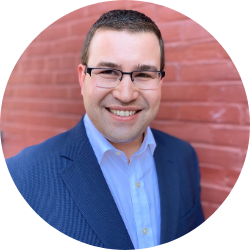
John Zion is Managing Director of MKI Artists, a classical music management company, and the co-founder of OurConcerts.Live, a concert streaming service which he co-founded with Gregory Pine in March of 2020.
Zion believes live streaming is live music while recorded performances are not. He also understands that live music entails risk. “Many people claim to not care whether a streamed concert is ‘live’ or not, but there is a perceptual difference which audience members notice.”
Zion said that at the beginning of the pandemic, all of the shows that had been booked through MKI Artists were canceled. That made it important for OurConcerts.Live to have the option of a paywall, allowing musicians, organizations, and independent creators to monetize content. “It is key to begin as a hybrid paid/unpaid model, while stating your worth upfront.” OurConcerts.Live created their own ticketing service, and they were pleased to discover that viewer retention for paid content was over 90%.
Zion credits much of the company’s success to timing. To make streaming quality consistent between concerts, technicians conduct lessons over Zoom and send 60 pounds of streaming equipment to performers ahead of concerts. The first use of these equipment packs was with the Orcas Island Chamber Music Festival and the Miró Quartet. OurConcerts.Live is an example of creating a win-win situation — it created opportunity for everyone involved.
While OurConcerts.Live caters to people who have previously attended classical concerts, Zion believes that it could create new supporters of the art form. “When something is free on the internet, it is accessible to everyone.” He also says that with the newly installed streaming technology in every venue, when we return to in-person concerts, they will continue to be live-streamed and recorded for a reduced price. While Zion is saddened by the effects of the pandemic, he is also hopeful that live streaming will increase accessibility to classical music.
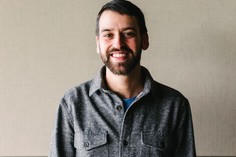
Gabe Pollack is the manager and public face of the BOP STOP at the Music Settlement, located in Cleveland’s Hingetown neighborhood. For Pollack, live music is about synchronicity. “Live streams are live music, but if I recorded it for broadcast at a later date, I wouldn’t say that that was live.”
Pollack says that he was lucky to have received a grant before the pandemic enabling him to make upgrades to the venue’s technology. While he initially planned to use the money for a projector screen, that became less relevant after live shows were canceled. Instead he used the funds to purchase streaming equipment, which was on back-order due to high demand.
Pollack describes live streaming as a “band-aid.” “It’s not going to support the venue long term. It’s just a way to get musicians paid until live music in the traditional sense — or traditional definition — can return. We’ll still be able to stream content, which can be a supplement to live shows. It won’t go away when audiences come back to the club.”
Pollack is more than just the face of the BOP STOP. Due to the pandemic, he was forced to furlough his staff, and he is now the only employee. Any decision he makes has to run through that filter. “I might be the only one there that night, so how can I make it work?”
He recently received a new grant from the Live Music Society, which helps to cover many of the fixed costs of the venue, allowing him to make it a priority to pay musicians during a time when it is difficult for them to find work.
Our conversation moved to the topic of the monetization of live streams. “In December and January our live streams gained a lot of traction,” Pollack said. “Although donations were lower in September and October when stimulus funding was cut, donations are actually now higher than ever.” Another revenue source is private events. “In December we hosted a lot of livestream concerts for corporations who would have booked the BOP STOP for in-person events had there not been a pandemic. These offerings helped keep the club afloat as they generated more substantial revenue.”
Pollack believes that federal and local governments should be playing a bigger role in keeping small venues and businesses alive. He meets every Wednesday over Zoom with the Cleveland Music Club Coalition (CMCC), a group of Cleveland venue owners who advocate for increased government funding for venues. The group was involved with the Save Our Stages Act, created by the National Independent Venue Association (NIVA), which allocated $15 billion dollars to entertainment venues.
Pollack says that while CMCC has existed for a few years, NIVA was born out of the pandemic. “Live venues have never had this much camaraderie before, and when we lobby together there is strength in numbers. Let’s just make sure we can all get back to that friendly rivalry we had, because ultimately that’s the sign of a healthy music economy.”
Funding for the Save Our Stages Act was approved with the COVID-19 relief bill on December 28, 2020.
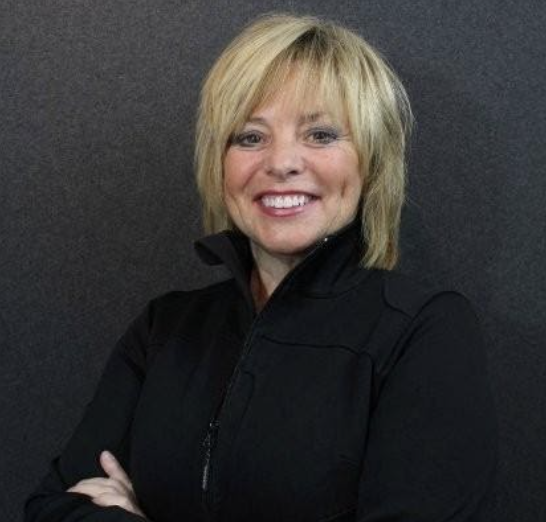
Terri Pontremoli is the director of the Tri-C JazzFest, a world-renowned three-day festival held each year in Cleveland since 1980. The festival is a function of Cuyahoga Community College (Tri-C). Pontremoli agrees with Pollack that live music is defined by synchronicity. “Live music now means being able to watch people make music live in real time. Live over the internet is as live as we’re going to be for a while.”
Prior to their decision to create a virtual festival in August of 2020, JazzFest was already involved with live streaming concerts, notably Dominick Farinacci’s Songbook Watch Party. “JazzFest was sponsoring online shows because we wanted to build an audience moving into festival time. And what Dom was doing was remarkable. He was experimenting all the time, but at first, nobody was playing together. So one of the first times that he had two people actually sitting in the room playing together, I started to cry. People making music together — it’s something we just take for granted.”
Pontremoli’s long tenure with JazzFest was invaluable in securing corporate sponsorships, community partnerships, and performers — and thanks to support from KeyBank and others, JazzFest was free this year. The pre-recorded three-day event was streamed (with free tickets on EventBrite) and later made available on-demand via YouTube. Unlike many festivals, JazzFest does not have to make a profit, which provides financial and creative freedom. “It was great that we had the money in our budget to put on a festival this year.”
The shift to an online festival also caused a shift in the distribution of expenses. One of the largest expenses this year was purchasing the rights to songs that are copyrighted or under royalties, which inspired JazzFest to encourage performances of original compositions. Pontremoli used travel restrictions as an opportunity to celebrate artists from the Cleveland area, which also resulted in JazzFest costing “a fraction of the normal cost this year,” she says. “We weren’t putting musicians up in hotels and we didn’t have to cater to a live audience.”
Pontremoli says the festival would not have been possible this year without Tri-C. That partnership, specifically with the Gill and Tommy LiPuma Center for Creative Arts, proved invaluable when creating a high-quality streaming experience. LiPuma, the multi-Grammy-winning producer, became the largest donor in the history of the college when he gifted $3 million to fund technological advances and upgrades in the Center for Creative Arts.
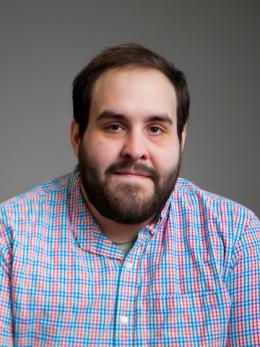
Andrew Tripp is an audio engineer at Oberlin Conservatory as well as a sought-after freelancer in the Cleveland area. Instead of describing what live music is, Tripp explained what live music isn’t. “It’s impossible to present something that’s been recorded as a truly live experience. Recording in itself is such an artificial process compared to experiencing an event in person. It is difficult to capture a live experience with minimal changes.”
Tripp has seen his work as a freelancer increase during the pandemic. “In the last few months, ensembles have been making something happen safely,” Tripp said. “People don’t want low quality, so they’re willing to pay someone with experience in production. The thought process is that they can use the recordings for promotion in the future, or archive it and then bring it out for subscribers. Because of the movement to streaming, there is more of a solid foundation for things like that.”
One important thing for Tripp to consider is how the music he records and mixes will be experienced. “I listen to something on as many different audio systems as possible. A lot of people listen to music on AirPods, so I bought a pair to know how my mixes sound on them.”
The pandemic provided time and space for Tripp and his Oberlin colleague Eli Stine to create ObieVerb, a reverb-generator app that reproduces the ambience of performance spaces on the college campus, including Finney Chapel and Warner Concert Hall. While the technology isn’t new, it has taken on a new function during the pandemic: students can emulate the on-campus experience from home. “I wanted to give people a tiny piece of Oberlin they can take with them,” Tripp says.
Tripp believes that live streaming offers a unique opportunity, both in accessibility and profit. “One of the nice things about live streaming is that you can create a paywall.” He also believes that recordings are more important than ever. “They’re very intentionally not live. You can create a beautiful and compelling, asynchronous experience for people.”
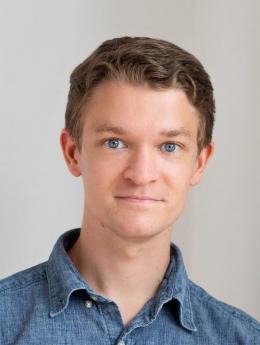
Eli Stine is a visiting assistant professor of TIMARA at Oberlin Conservatory. He believes that live music is defined by risk. With editing, there are layers of mediation which remove some of that risk. “Live music is like a live wire — you can get electrocuted by it,” Stine says. “A solo might fail or the drum kit might fall over.”
Streaming services can create distance between audience and performer. “So live music is figuring out how to create a sense of risk while minimizing that gap.” Stine believes that in the future, more live music will be experienced from home. “As we adapt to a new medium we will determine what is successful for concerts at home.”
Stine thinks the key to live streaming is the creation of community. Services like Instagram Live that allow users to comment on a stream or performance in real time provide the sense that people are experiencing something together. “It all comes down to building and engaging with a community of listeners and watchers in real time. Are people sending emojis? Writing texts? Can you hear the other participants?”
Stine mentions that his cousin is a neurologist who is currently performing internet-based diagnostics of brain scans. “Because of the pandemic, they’ve developed new techniques for doing diagnostics remotely, which will remain valuable indefinitely.” Stine sees this as a parallel to the live music industry. “With music and art, some new techniques work while others are less ideal. The ones that don’t work will likely disappear at the end of the pandemic, while the useful additions will remain and function as a hybrid or secondary form of live music consumption.”
From the perspective of audiences, Stine sees live streaming as a litmus test. “If you want to be a part of the community, you’re more likely to jump through the hoops to engage with the art.”
Stine is the kind of person who can appreciate silver linings. “There’s a lot of beauty when things fall apart and people are still engaging with art. I think that if the internet goes out or there’s a nuclear war or something insane happens, art becomes all the more important.”

After speaking with music professionals, I was curious to see whether “Jane and Joe” audience members experienced a parallel shift in their definition of live music. My findings: they didn’t.
My friends happen to be split into two groups: those who had watched live streamed concerts before the pandemic and those who hadn’t. The first group considers virtual shows to be “live music” while the second group does not.
“I would define live music as an artist or group playing in person,” a member of the second group says. “Online shows I’ve attended have been free, and I don’t plan to pay for one any time soon. I don’t think that live streaming can recreate the experience of seeing a show in person.”
The first group is quick to disagree, emphasizing that synchronicity is paramount. “Live music is defined by the performer and audience engaging in real time.”
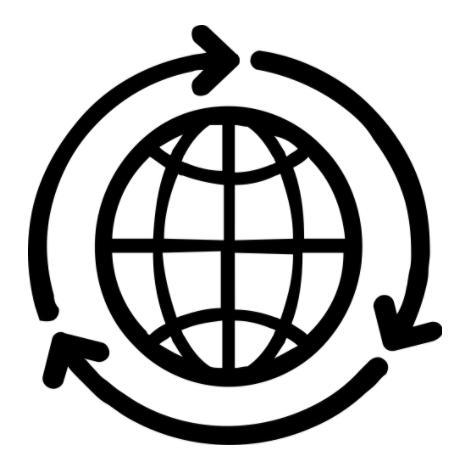
While the future is difficult to predict, the consensus among professionals is that despite the current hardships, many of the changes necessitated by the pandemic will have positive long-term effects on the industry. That could include the development of a hybrid model of streaming and in-person concerts which would increase overall accessibility.
Perhaps what’s most important is that live music is not going away anytime soon, even if the definition may change for some people.
As we wait for in-person shows to return, let’s think of live music as an ecosystem. Those who consume, perform, and facilitate live music all play integral roles. With social distance, live music has changed in appearance but not in practice — the directors lead, the players play, the producers and engineers fine tune, and the audience listens.
Whether or not your definition of live music has changed, chances are you appreciate the symbiotic relationship between creator, facilitator, and audience which has made it possible to experience virtual concerts during a worldwide pandemic.
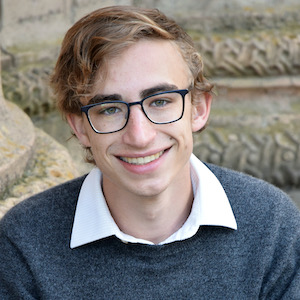
Published on ClevelandClassical.com February 16, 2021
Click here for a printable copy of this article




